//Web User Interface Method
protected void btnPrescAdd_Click(object sender, EventArgs e)
{
NameValueCollection collection = new NameValueCollection();
collection.Set("c1", Session["CredID"].ToString());
collection.Set("p1", "");
collection.Set("p2", Request.Form["ctl00$MainContent$hdnHlthId"]);
collection.Set("p3", Request.Form["ctl00$MainContent$PresStartDate"]);
collection.Set("p4", Request.Form["ctl00$MainContent$PrescEndDate"]);
FileUpload fileUpload = PrescUpload;
ApiServices<Status> obj = new ApiServices<Status>();
Status objReturn = obj.FetchObjectUploadAPI("POSTUHRPL", collection,
fileUpload, ApiServices<Status>.ControllerType.DU);
}
//Request Method
public T1 FetchObjectUploadAPI(string strAPIMethod, NameValueCollection collection, FileUpload file, ControllerType enObj)
{
T1 objReturn;
try
{
string url = strWebAPIUrl + getControllerName(enObj) + strAPIMethod;
MultipartFormDataContent content = new MultipartFormDataContent();
int count = collection.Count;
List<string> Keys = new List<string>();
List<string> Values = new List<string>();
//MemoryStream filedata = new MemoryStream(file);
//Stream stream = filedata;
for (int i = 0; i < count; i++)
{
Keys.Add(collection.AllKeys[i]);
Values.Add(collection.Get(i));
}
for (int i = 0; i < count; i++)
{
content.Add(new StringContent(Values[i], Encoding.UTF8, "multipart/form-data"), Keys[i]);
}
int fileCount = file.PostedFiles.Count();
HttpContent filecontent = new StreamContent(file.PostedFile.InputStream);
content.Add(filecontent, "files");
HttpClient client = new HttpClient();
HttpResponseMessage response = client.PostAsync(url, content).Result;
if (response.IsSuccessStatusCode)
{
objReturn = (new JavaScriptSerializer()).Deserialize<T1>(response.Content.ReadAsStringAsync().Result);
}
else
objReturn = default(T1);
}
catch (Exception ex)
{
Logger.WriteLog("FetchObjectAPI", ex, log4net_vayam.Constants.levels.ERROR);
throw (ex);
}
return objReturn;
}
https://stackoverflow.com/users/9600164/gaurav-sharma
